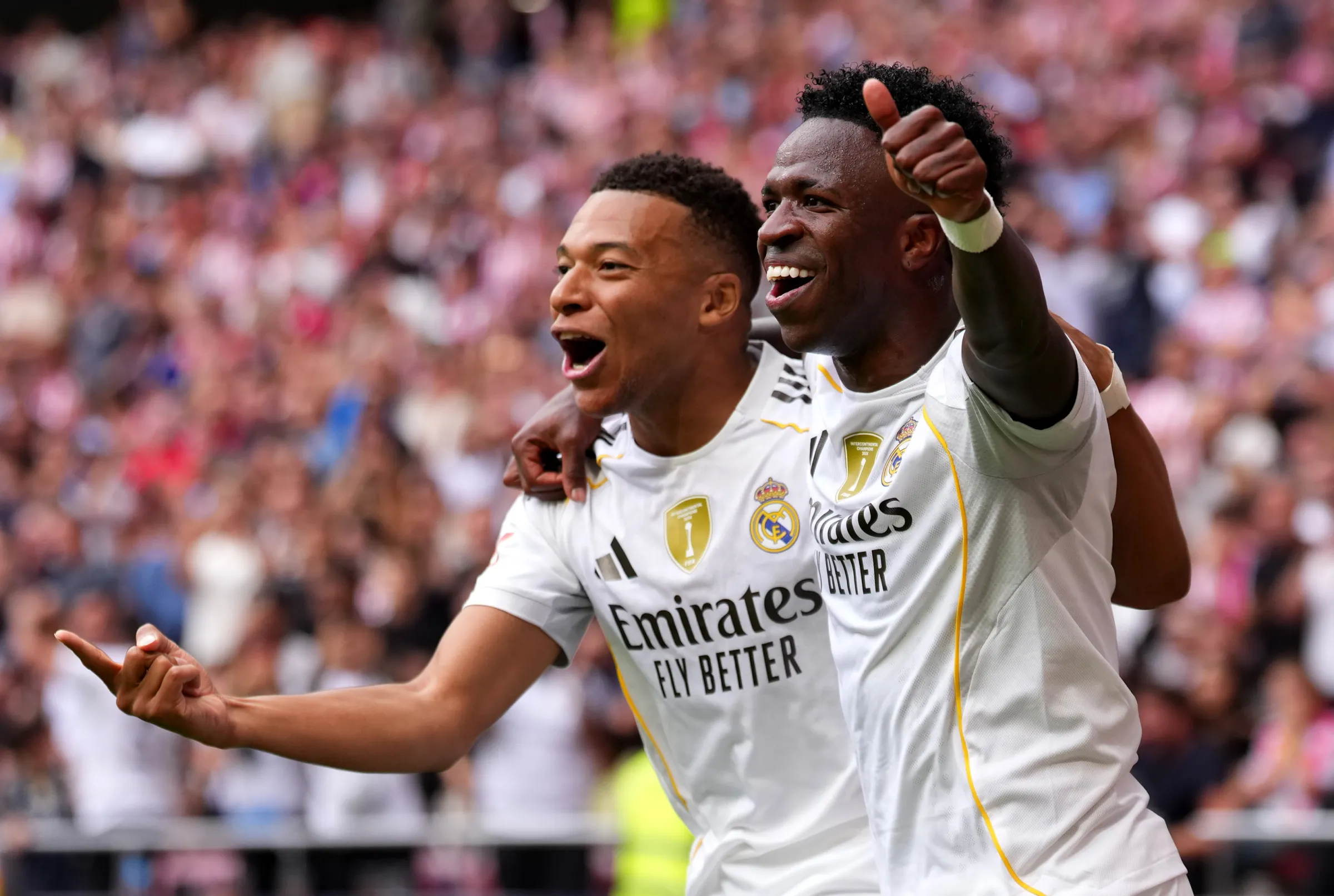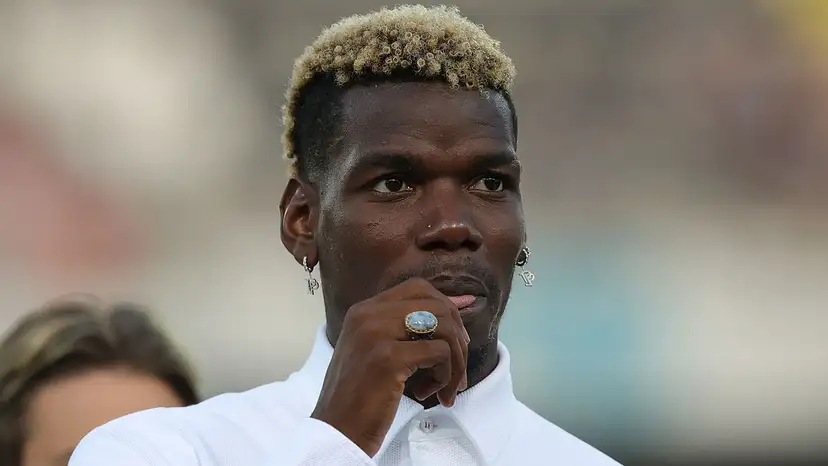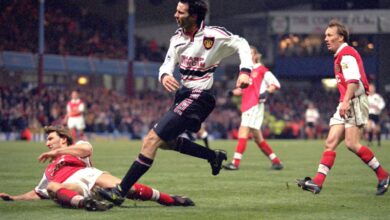Part 2 : Does Real Madrid… Need a Number 9?
Lack of Box Presence Affecting Los Blancos

The central tactical issue facing Xabi Alonso is deciding which element of the team’s attack must yield: the star personnel or the structural formation. As established, expecting either Kylian Mbappé or Vinícius Júnior to voluntarily sacrifice their optimal positions is unrealistic, and attempting to move them carries significant risk. Mbappé, the league’s top offensive contributor with 15 combined goals and assists , and Vinícius are the cornerstones of the team’s attack.
If Alonso insists on maintaining the 4-3-3 structure, the pressure falls entirely on the right wing. Rodrygo, who has often occupied this position, has been inconsistent, and his inability to secure that flank with high-output efficiency forces the attack to skew heavily left, exacerbating the central congestion.
The only immediate solution within the 4-3-3 framework, if a traditional Number 9 is introduced, is for either Vinícius or Mbappé to play on the right and perform significantly better than Rodrygo has. This places an artificial constraint on a world-class player who prefers the opposite flank, which is rarely a prescription for success.
The club does possess developing talent in the form of young strikers like Endrick and Gonzalo García, the latter of whom recently had his contract extended until 2030 and was promoted to the first team. While these players offer the profile of a focal point that is currently missing, benching a star to promote youth requires a leap of faith that most managers, especially those in their first season at Real Madrid, are unwilling to take. Therefore, the most realistic pathway to incorporating the much-needed central presence is not through personnel change, but through a tactical pivot.
The alternative to shoehorning talent into the rigid 4-3-3 lies in returning to a proven tactical blueprint: the 4-3-1-2 or 4-4-2 Diamond formation, which Carlo Ancelotti employed to great success in the 23/24 season.
By deploying Mbappé and Vinícius as a front two, both players are afforded central positioning, eliminating the conflict of occupying the same wide left channels. They can operate in close proximity, playing off each other without one being forced into an unfamiliar wide role or another being tasked with static box occupation.
The Diamond shape instantly restores Jude Bellingham to his optimal role as the tip of the diamond, the free-roaming Number 10. This position leverages his unique attacking movement and goal-scoring instincts, allowing him to crash the box as a secondary striker with less defensive responsibility. Crucially, he is supported by a defined three-man midfield base behind him.
The composition of the diamond’s base, likely Aurélien Tchouaméni, Fede Valverde, and potentially Arda Güler or Eduardo Camavinga, provides the density and control required for Alonso’s high-pressing mandate. This solid three-man midfield frees Bellingham from deep-lying duties and ensures the team is not constantly undermined in transition, a critical issue when relying on Bellingham to drop back from a pseudo-striker role in the 4-3-3.
The 4-4-2 Diamond offers Alonso the best route to maximizing his elite personnel while adhering to the institutional demand for tactical flexibility and midfield intensity. It provides a structural solution that accommodates the inherent positional preferences of Mbappé and Vinícius, restores Bellingham to his most lethal form, and stabilizes the midfield, ultimately forging a complete, high-output attack.
Real Madrid’s current competitive standing is deceptively stable and cracks are in fact already showing. While Xabi Alonso has instilled tactical intensity and maintained the lead in La Liga , the 4-3-3 formation continually suffers from a critical structural void, the absence of a traditional Number 9.
This compromises the attack by forcing Kylian Mbappé and Vinícius Júnior, the team’s primary goal contributors, to occupy congested left-central zones, neutralizing the effectiveness of wide delivery ,and compelling Jude Bellingham into an unsustainable pseudo-striker role that compromises the crucial stability of the central midfield block and undermines Alonso’s core tactical philosophy.
To move beyond inconsistency and sustain the multi-trophy challenge through the demanding season schedule, the solution could lie in tactical optimization, a strategic reversion to the 4-4-2 Diamond.
This formation is essential as it immediately resolves the positional conflict, empowers Bellingham in his natural Number 10 role, and secures a robust midfield base, allowing Real Madrid’s immense individual brilliance to translate into structural and long-term success.






